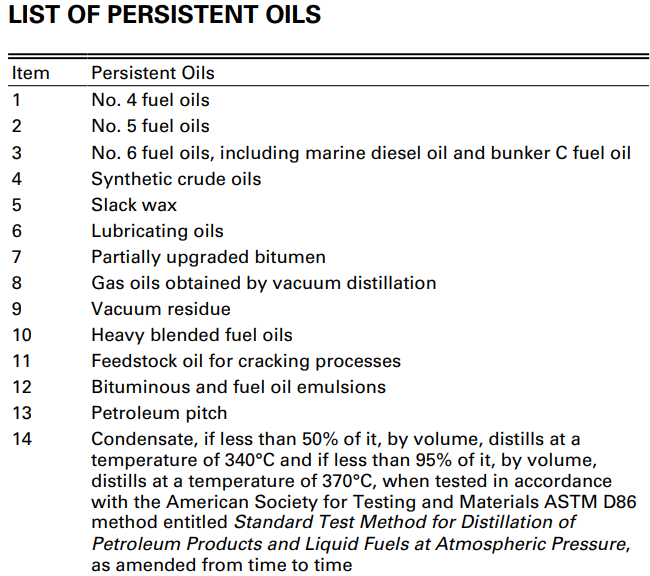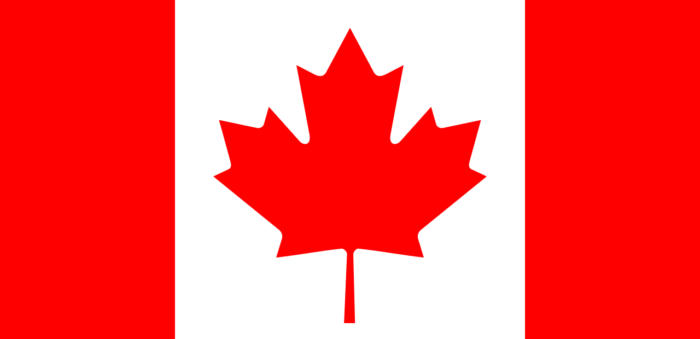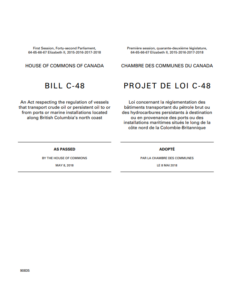Canada’s Minister of transport, Marc Garneau, announced that the Oil Tanker Moratorium Act (Bill C-48) has received Royal Assent. According to the Act, oil tankers transferring crude and persistent oils as cargo from stopping, loading or unloading at ports or marine installations in northern British Columbia. The Act aims to protect, to some level, the area’s marine ecosystems, which are vulnerable to the developing marine shipping.
It will provide a high level of protection for the coastline around Dixon Entrance, Hecate Strait and Queen Charlotte Sound.
The master of an oil tanker that is constructed or adapted to carry more than 12,500 metric tons of oil in bulk in liquid form in its hold must report pre-arrival information to the Minister, before the oil tanker moors or anchors at a port or marine installation.
Information to be reported
The pre-arrival information that must be reported in respect of an oil tanker is the following:
(a) its name;
(b) its country of registry;
(c) its owner’s name;
(d) its operator’s name;
(e) its master’s name;
(f) the name of the port or the marine installation;
(g) the type and the amount of any oil that it is carrying in bulk in its hold; and
(h) the type and the amount of any oil to be unloaded from or loaded into its hold at the port or the marine installation.

More specifically, the Act extends from the Canada/United States border in the north, down to the point on British Columbia’s mainland adjacent to the northern tip of Vancouver Island, and also includes Haida Gwaii.
Yet, vessels carrying less than 12,500 metric tonnes of crude or persistent oil as cargo will continue to be permitted to stop, load and unload in the moratorium area, in order for northern communities to be able to receive shipments of heating oils and other products.
In addition, the $1.5 billion Oceans Protection Plan Is the largest investment ever made with the target of protecting Canada’s coasts and waterways.
For more information, you may click on the PDF herebelow































































